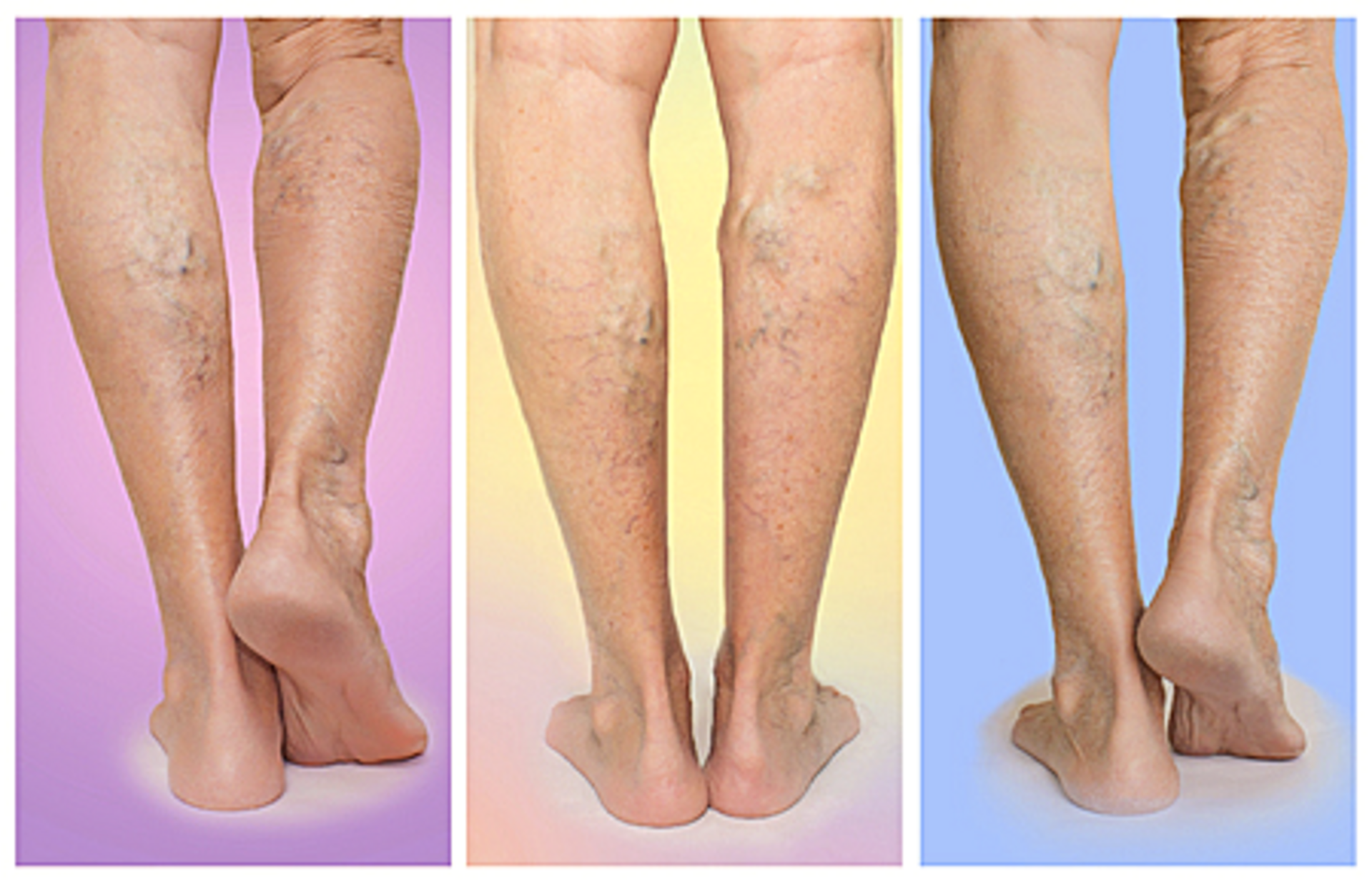Peripheral Artery Disease
Blood vessels are a series of tubes that pump blood throughout the body. There are three types of blood vessels: arteries, veins, and lymphatics.
Arteries carry oxygen-rich blood away from the heart to every part of the body, including the brain, intestines, kidneys, arms, legs and the heart itself. When disease occurs in the arteries, it is called arterial disease. Veins return blood back to the heart from all parts of the body. When disease occurs in the veins, it is called venous disease. Lymphatics are a third type of blood vessel that return fluid from the skin and other tissues to the veins.
Peripheral Artery Disease or Peripheral vascular disease (PVD) is a slow and growing circulation disorder. It may occupy disease in any of the blood vessels outside of the heart and diseases of the lymph vessels—the veins, arteries or lymphatic vessels. Organs abounding by these vessels such as the heart, brain and legs, may not receive sufficient blood flow for regular purpose. However, the feet and legs are most commonly affected, thus the name peripheral vascular disease, it is also called as Peripheral Artery Disease.
PVD is known as Peripheral Arterial Disease when it affects the arteries outside of the heart (PAD). Regardless, the terms "peripheral vascular disease" and "peripheral artery disease" are commonly interchanged. It's occasionally observed in people with coronary supply route infection, because atherosclerosis, which produces coronary corridor sickness, is a vein disease that affects everyone.
Conditions related with PAD might be occlusive (happens on the grounds that the conduit winds up hindered in some way) or practical (the course either contracts because of a fit or grows). Cases of occlusive PAD incorporate Peripheral blood vessel impediment and Buerger’s ailment (thromboangiitis obliterans). Cases of functional PAD incorporate Raynaud’s phenomenon, Raynaud’s disease and acrocyanosis.

